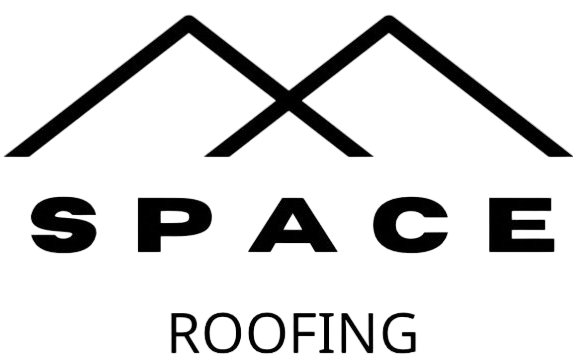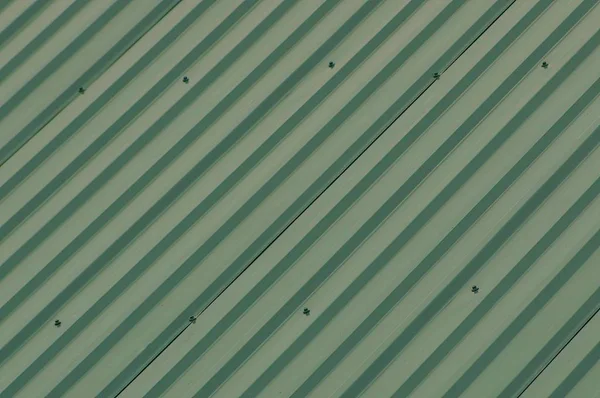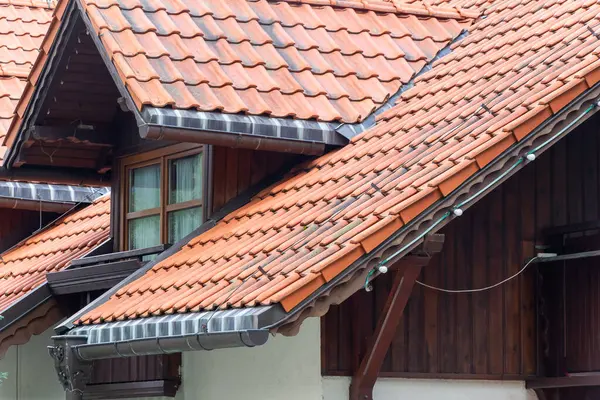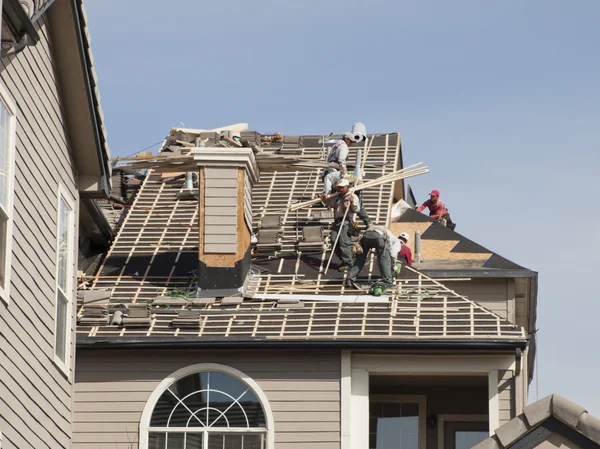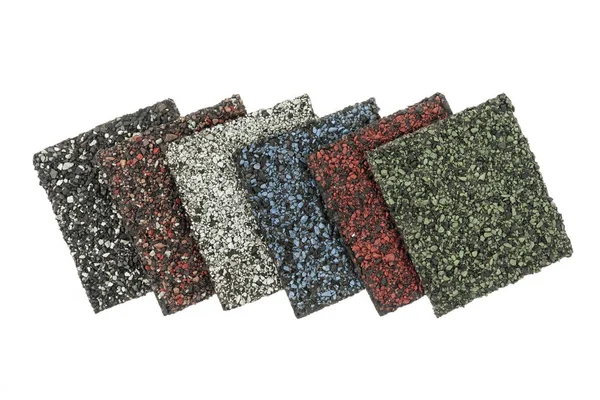Installing metal roofing on a flat roof offers numerous benefits, from enhanced durability to improved energy efficiency. However, the installation process requires careful planning and execution to ensure the roof performs well over time.
This guide will provide a detailed, step-by-step overview of how to install metal roofing on a flat roof, addressing common questions and offering expert tips for optimal results.
Whether you’re a DIY enthusiast or a professional contractor, this article will help you achieve a successful metal roofing installation. For professional assistance, feel free to contact Space Roofing at (469) 397-4600 or email us at info@spaceroofing.com.
Benefits of Metal Roofing for Flat Roofs
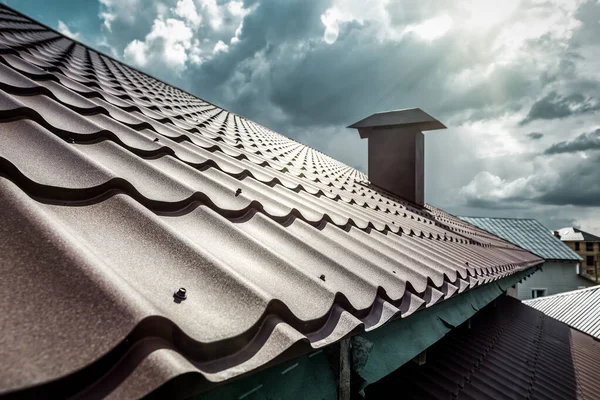
Metal roofing is increasingly popular for flat roofs due to its exceptional durability, energy efficiency, and minimal maintenance requirements. Unlike traditional roofing materials like asphalt or tar, metal roofing provides a sleek, modern appearance while protecting your property from harsh weather conditions.
Why Metal Roofing is Ideal for Flat Roofs
- Durability: Metal roofing can withstand extreme weather conditions, including heavy rain, snow, and high winds, without deteriorating over time. This makes it a long-lasting option for flat roofs.
- Energy Efficiency: Metal roofs are highly reflective and can reduce cooling costs by reflecting sunlight, making them ideal for hot climates. Installing reflective coatings further enhances energy efficiency.
- Low Maintenance: Metal roofing requires less upkeep compared to other materials. Occasional roof inspections and minor repairs are typically sufficient to maintain the roof’s integrity.
- Aesthetics: Metal roofs offer a clean, modern look that enhances the curb appeal of residential and commercial properties alike.
For these reasons, metal roofing is a preferred choice for flat roof installations, providing a reliable and attractive solution that can last for decades.
Preparing for Metal Roofing Installation
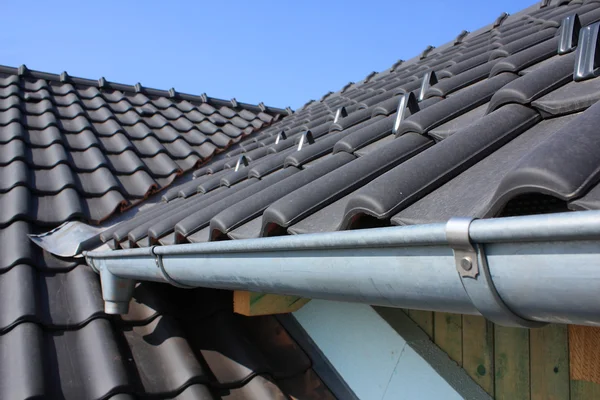
Proper preparation is crucial for the successful installation of metal roofing on a flat roof. This includes selecting the right materials, inspecting the existing roof, and ensuring the surface is ready for the new installation.
Choosing the Right Roofing Materials
Selecting the appropriate roofing materials is essential for a long-lasting installation. Consider using standing seam metal panels, corrugated metal sheets, or flat metal roofing panels, depending on your specific needs and aesthetic preferences.
Additionally, choose a high-quality underlayment that provides a strong barrier against moisture and enhances the roof’s overall performance.
- Standing Seam Panels: These are the most popular choice for flat roofs due to their durability and sleek appearance. They interlock, providing excellent protection against water infiltration.
- Corrugated Metal Sheets: Often used for industrial applications, corrugated metal sheets offer a cost-effective solution with a distinctive wavy appearance.
- Underlayment Selection: Use a high-quality synthetic underlayment designed for metal roofing. This layer is crucial for preventing leaks and enhancing the roof’s thermal performance.
Inspecting and Repairing the Roof Surface
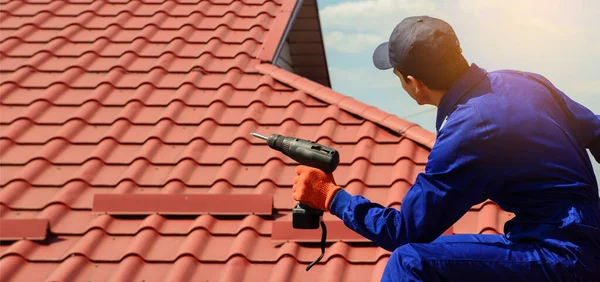
Before installing metal roofing, it’s important to thoroughly inspect the existing roof for any signs of damage, such as cracks or leaks. Addressing these issues before installation will ensure a smooth, stable surface for the metal panels.
- Repairing roof Damage: Fill any cracks or holes in the existing roof surface with appropriate sealants. Ensure that all areas are dry and structurally sound before proceeding.
- Leveling the Surface: Ensure that the roof surface is even and free from debris. An uneven surface can lead to improper panel alignment and potential leaks.
Step-by-Step Guide to Installing Metal Roofing on a Flat Roof
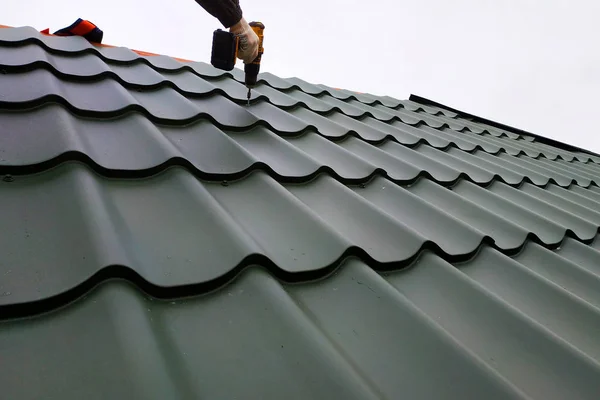
This section provides a comprehensive step-by-step process for installing metal roofing on a flat roof. Follow these instructions carefully to ensure a successful installation.
Step 1: Preparing the Roof Surface
- Cleaning the Roof Surface: Remove any debris, dirt, or old roofing materials. A clean surface is crucial for proper adhesion and alignment of the new roofing materials.
- Applying Underlayment: Roll out a high-quality underlayment over the entire roof surface, overlapping each row by at least 6 inches. Secure the underlayment with roofing nails or staples.
- Adding Insulation (Optional): For added energy efficiency, consider installing a layer of insulation before applying the metal roofing panels. This helps to reduce heat transfer and improves indoor comfort.
Step 2: Installing Metal Roof Panels
- Aligning the First Panel: Start at one corner of the roof and align the first panel along the roof edge. Ensure the panel is square with the roof line to prevent alignment issues as you proceed.
- Securing the Panels: Attach the panel to the roof using metal roof screws, placing them every 12 to 24 inches along the edges and seams. Be careful not to overtighten the screws, as this can damage the panels.
- Overlapping Panels: Overlap each subsequent panel by at least 1 inch to ensure a watertight seal. Continue this process across the entire roof surface.
Step 3: Sealing Seams and Edges
- Applying Sealant to Seams: Use a high-quality roofing sealant to seal all seams between panels. This is crucial for preventing water leaks and ensuring the longevity of the roof.
- Installing Flashing: Install metal flashing around any roof penetrations, such as vents or chimneys, to prevent water ingress. Secure the flashing with metal roof screws and seal all joints with roofing sealant.
- Inspecting for Gaps: After completing the installation, inspect the entire roof for any gaps or loose panels. Secure any loose areas and apply additional sealant as needed.
Best Practices for Metal Roofing Installation
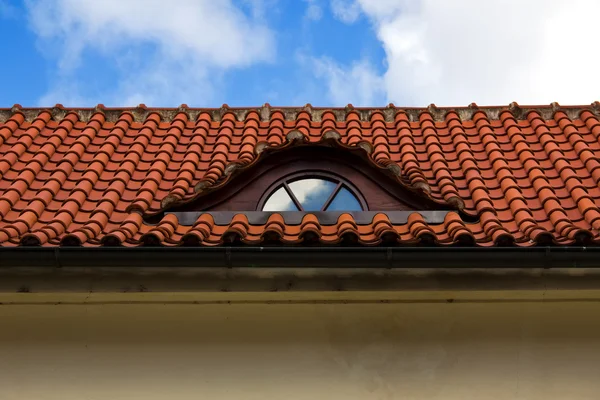
Ensuring Proper Ventilation and Drainage
Proper ventilation and drainage are critical components of a successful metal roofing installation. They help to prevent moisture buildup and reduce the risk of mold and structural damage.
- Installing Ventilation Systems: Install ridge vents or soffit vents to promote airflow and prevent heat buildup in the roofing system.
- Creating a Slight Slope: Ensure that the roof has a slight slope (at least 1/4 inch per foot) to facilitate water runoff. This is especially important for flat roofs, which are prone to water pooling.
Avoiding Common Mistakes
- Improper Fastener Placement: Fasteners should be installed on the raised portions of the panels, not in the flat areas. This prevents water from pooling around the fasteners, reducing the risk of leaks.
- Overtightening Screws: Screws that are too tight can cause the panels to warp, leading to gaps and leaks. Use a drill with an adjustable clutch to ensure consistent screw tension.
Maintenance Tips for Metal Roofs on Flat Roofs
Regular maintenance is essential to keep your metal roof in optimal condition. Here are some tips to help you maintain your flat metal roof:
- Routine Inspections: Conduct visual inspections at least twice a year to check for signs of damage, such as rust, loose panels, or damaged sealant.
- Cleaning the Roof Surface: Remove debris, leaves, and dirt from the roof surface to prevent water pooling and reduce the risk of rust and corrosion.
- Checking and Reapplying Sealant: Over time, the sealant on seams and flashing can deteriorate. Reapply sealant as needed to maintain a watertight seal.
Eco-Friendly and Energy-Efficient Metal Roofing Options
Metal roofing is not only durable but also environmentally friendly. Here are some options to consider:
- Reflective Coatings: Applying reflective coatings to your metal roof can reduce heat absorption and lower cooling costs, making your home more energy-efficient.
- Recycled Metal Panels: Opt for metal panels made from recycled materials. These panels are not only sustainable but also provide the same durability and aesthetic appeal as new metal.
Conclusion
Installing metal roofing on a flat roof is a reliable and long-lasting solution for homeowners looking to improve their property’s value and performance. For expert installation and maintenance, contact Space Roofing at (469) 397-4600 or email us at info@spaceroofing.com. Our experienced team is here to help you with all your roofing needs.
- Need Help with Metal Roofing Installation? Contact Space Roofing today at (469) 397-4600 for a free consultation and estimate.
- Questions About Metal Roofing? Email us at info@spaceroofing.com for expert advice and personalized service.
- Looking for the Best Roofing Solutions? Visit our website or call (469) 397-4600 to learn more about our roofing services and how we can help you.
FAQs
Can You Install a Metal Roof on Any Flat Roof?
Yes, metal roofs can be installed on most flat roofs, including those with minimal pitch. However, it’s essential to ensure that the roof structure can support the weight of the metal panels. Consult a professional roofing contractor to assess your roof’s suitability.
How Much Does Metal Roofing Installation Cost?
The cost of installing metal roofing on a flat roof varies depending on factors such as material choice, roof size, and labor costs. On average, expect to pay between $7 and $15 per square foot. For an accurate estimate, contact Space Roofing at (469) 397-4600.
What are the maintenance requirements for metal roofs?
Regular maintenance includes routine inspections twice a year, cleaning debris from the roof surface, and checking the condition of the sealant on seams and flashing. This ensures optimal performance and longevity.
Are metal roofs energy-efficient?
Yes, metal roofs are highly energy-efficient due to their reflective properties, which help reduce cooling costs. Applying reflective coatings can further enhance their energy-saving capabilities, making them ideal for hot climates.
How long does a metal roof typically last?
Metal roofs are known for their durability and can last 40 to 70 years with proper maintenance. Their resistance to extreme weather conditions contributes to their long lifespan, making them a cost-effective choice over time.
